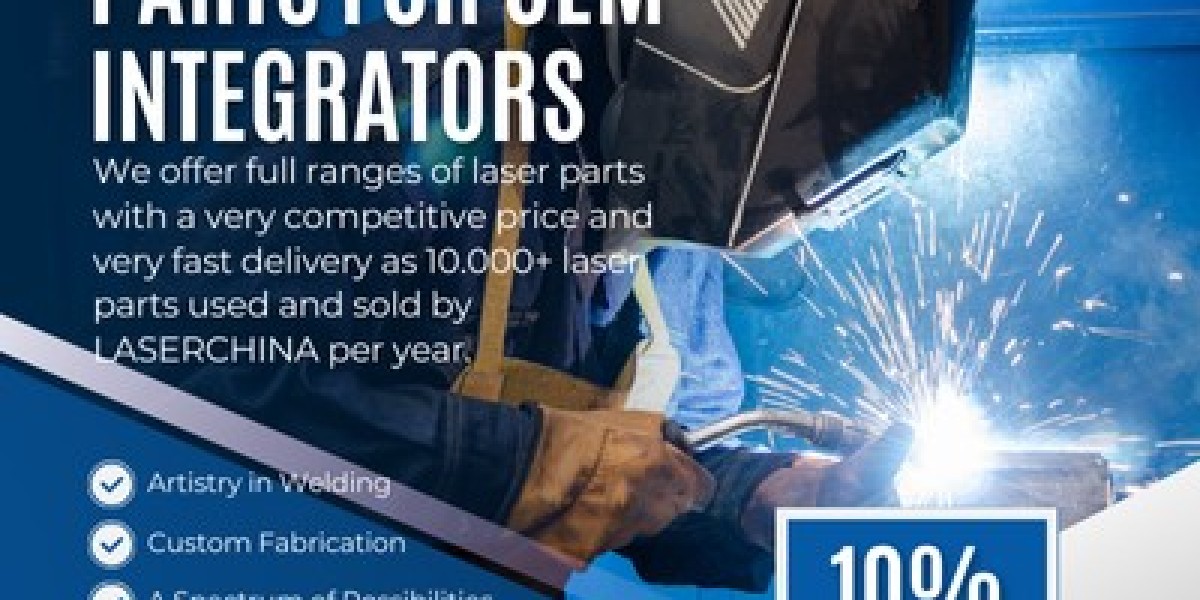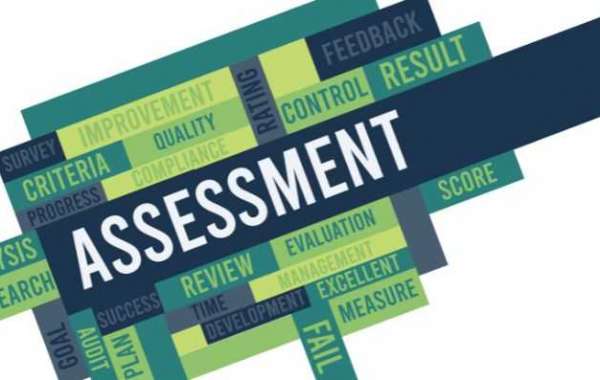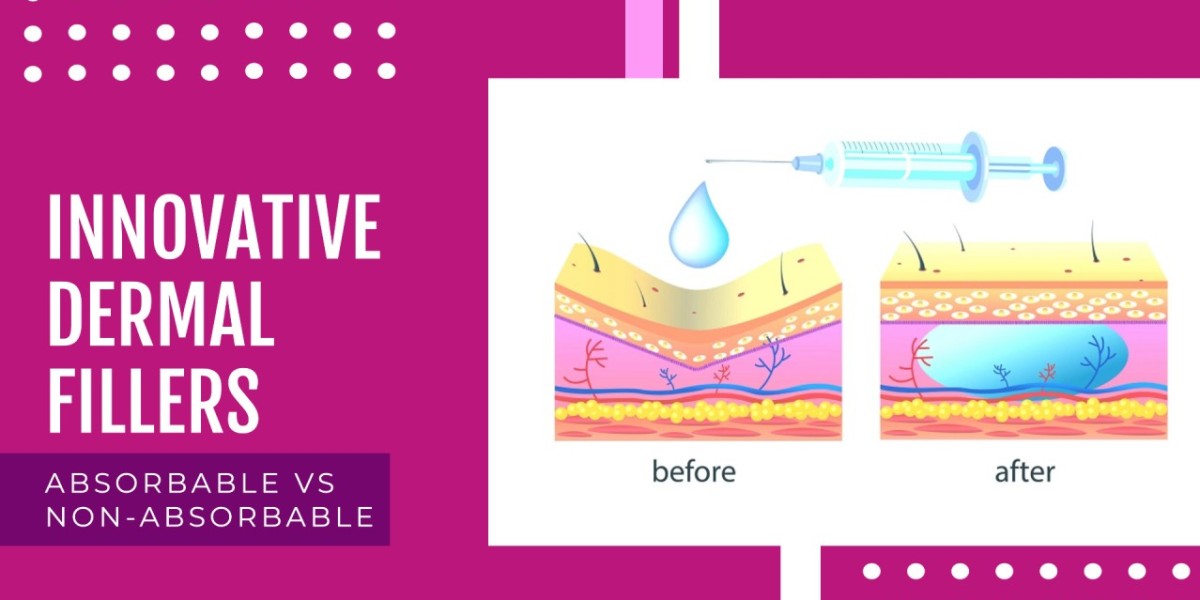A laser rust cleaner is an innovative and effective tool used to remove rust and other contaminants from metal surfaces using high-powered laser beams. This technology has quickly gained popularity due to its efficiency, precision, and environmentally friendly nature. In this article, we will explore how a laser rust cleaner works and the advantages it offers over traditional rust removal methods.
How Does a Laser Rust Cleaner Work?
Laser rust cleaning works by utilizing a laser beam to target and remove rust, oxide layers, and other contaminants from a metal surface. The laser emits a highly concentrated beam of light that heats up the rust and contaminants on the surface. The intense heat causes the contaminants to evaporate or disintegrate, leaving the underlying metal clean.
Laser cleaners typically use a pulsed laser with a wavelength that is well-suited for interacting with the rust. The laser beam is directed onto the rusted area, and the process is highly controlled. The cleaner’s precision allows it to focus the laser on specific areas, removing only the unwanted rust without affecting the metal beneath. As the laser interacts with the rust, it is either vaporized, turned into powder, or blown away by a pressurized airflow, making the surface ready for further treatment or coating.
Advantages of Using a Laser Rust Cleaner
- Environmentally Friendly
One of the most significant advantages of laser rust cleaners is their environmentally friendly nature. Traditional rust removal methods, such as sandblasting or chemical treatments, often involve the use of harsh chemicals, solvents, or abrasive materials. These methods produce waste that must be disposed of properly, posing environmental and safety risks. In contrast, laser rust cleaning is a dry and non-contact process that does not generate waste, as it relies on laser energy to remove the rust. No chemicals or abrasives are required, making it a much cleaner and safer alternative.
- High Precision and Control
Laser rust cleaners are highly precise, providing excellent control over the cleaning process. Unlike mechanical methods such as abrasive blasting, which can be damaging to the underlying metal if not carefully managed, a laser cleaner can selectively remove rust without affecting the surface underneath. This level of precision is essential when dealing with delicate components or intricate metal parts, where surface integrity is critical. Industries like aerospace and automotive often rely on laser rust cleaning to ensure their parts remain in optimal condition.
- Time and Cost Efficiency
Using a laser rust cleaner can save both time and money. Traditional rust removal methods can be labor-intensive, require multiple steps, and often lead to prolonged downtime for equipment or machinery. In contrast, laser rust cleaners can quickly and efficiently remove rust in a single step. The process is also automated, requiring minimal human intervention, which reduces labor costs and increases productivity. Laser cleaning can remove rust faster than manual methods, allowing for faster turnaround times in manufacturing or repair operations.
- Minimal Maintenance and Low Operating Costs
Laser rust cleaning systems require minimal maintenance compared to traditional cleaning equipment. The lasers themselves are durable and can operate for long periods without significant wear and tear. Since the process is dry and non-abrasive, there is little to no need for consumables such as sand, chemicals, or cleaning solutions. As a result, the operating costs for laser rust cleaners are significantly lower in the long run, making them a cost-effective option for industries that need to regularly clean rusted surfaces.
- Improved Worker Safety
Traditional rust removal methods, such as sandblasting or using harsh chemicals, can expose workers to health risks. Sandblasting, for example, can release dust and particles that may be harmful when inhaled, while chemical rust removers can be toxic and cause skin irritation. Laser rust cleaning eliminates these risks by removing the need for chemicals and abrasives. The process is safe for workers, as it does not create harmful dust or fumes, and it can be operated remotely or with minimal direct exposure, ensuring better safety standards on the job site.
- Versatility
Laser rust cleaners are versatile and can be used for a wide range of applications. They can effectively clean rust from various materials, including steel, aluminum, copper, and titanium. This makes them suitable for use in a variety of industries, including automotive, manufacturing, shipbuilding, and even historic building restoration. Whether dealing with heavy machinery, intricate parts, or delicate components, a laser rust cleaner can be adapted to fit the specific needs of the task at hand.
Conclusion
In summary, laser rust cleaning is a cutting-edge technology that offers a host of benefits over traditional rust removal methods. It is environmentally friendly, precise, cost-efficient, and safe for workers. By using high-powered lasers to remove rust without the need for chemicals or abrasives, this method offers a more sustainable, efficient, and effective solution for rust removal. As industries continue to seek ways to reduce their environmental impact, increase productivity, and maintain high-quality standards, laser rust cleaning is poised to become a go-to solution for rust removal in the years to come.










